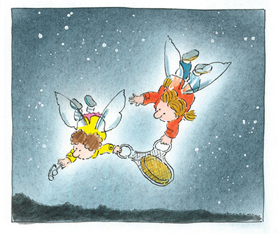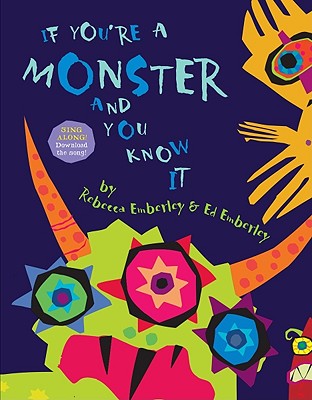Title:
Big Turtle
Author:
David McLimans
Illustrator:
David McLimans
Publishing
Company: Walker & Company
#
of Pages: 30
Genre/Category:
Multicultural
Big Turtle is a Huron American Indian myth about how the
earth came to be. A long time ago, there was the sky and the sky people and the
water where all the animals lived. A sky girl fell down from the sky and was
caught by swans. She could not live there, so turtle volunteered to let her
live on his back if someone would swim to the deepest part of the water and
bring back dirt. Many animals tried, but only the toad succeeded. Toad died,
but the earth was formed and toads are still honored by the Hurons.
The illustrations were created using
pencil, pen, tracing paper, and a computer. The illustrations are all very
geometric, and some of the shading in is done by using geometric shapes. The
illustrator uses mostly cool colors. Also, the illustrations are done as double
spreads.
This story is appropriate for
children ages 6-9. It could be used in the classroom to discuss American Indians
and their culture. It could also be used to discuss myths. Another way this
book could be used in the classroom is to talk about how toad tried his best
and succeeded. The teacher could stress how it is always important to try your
best.

















